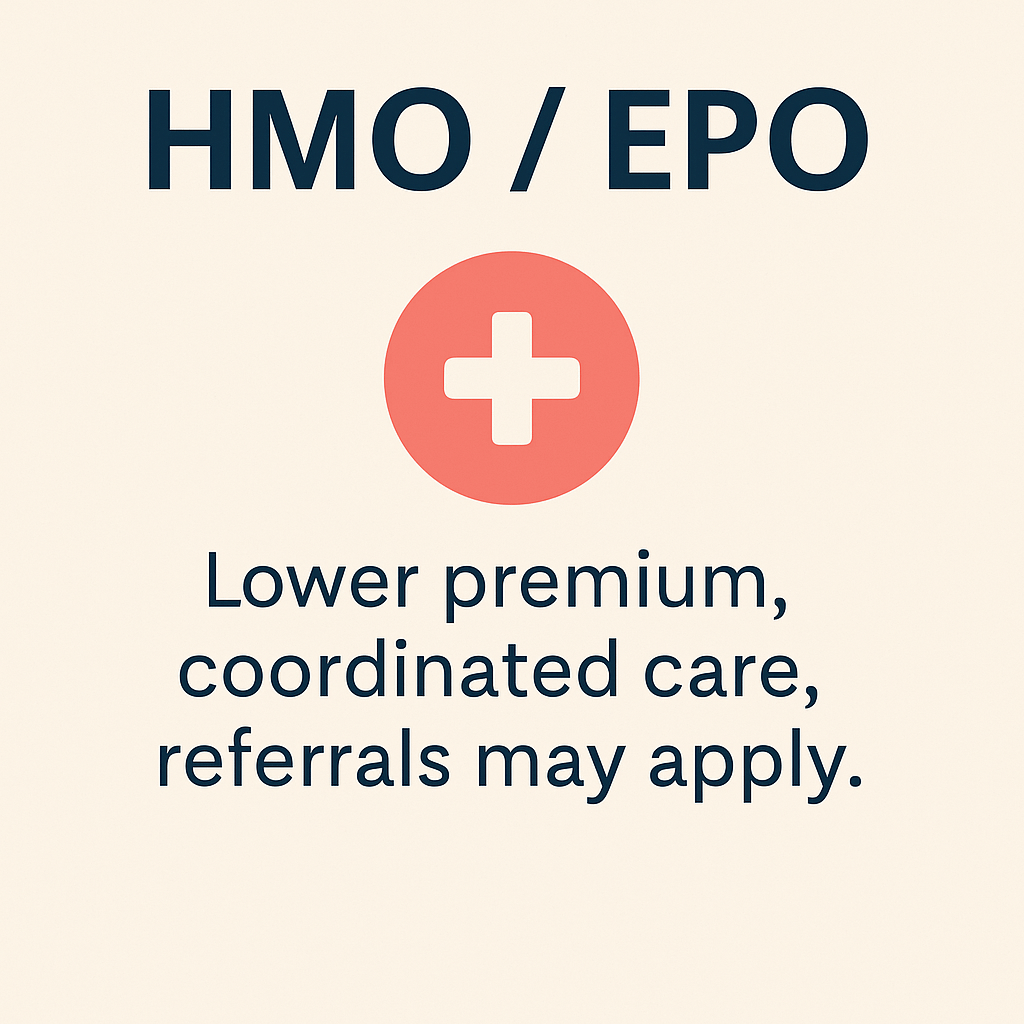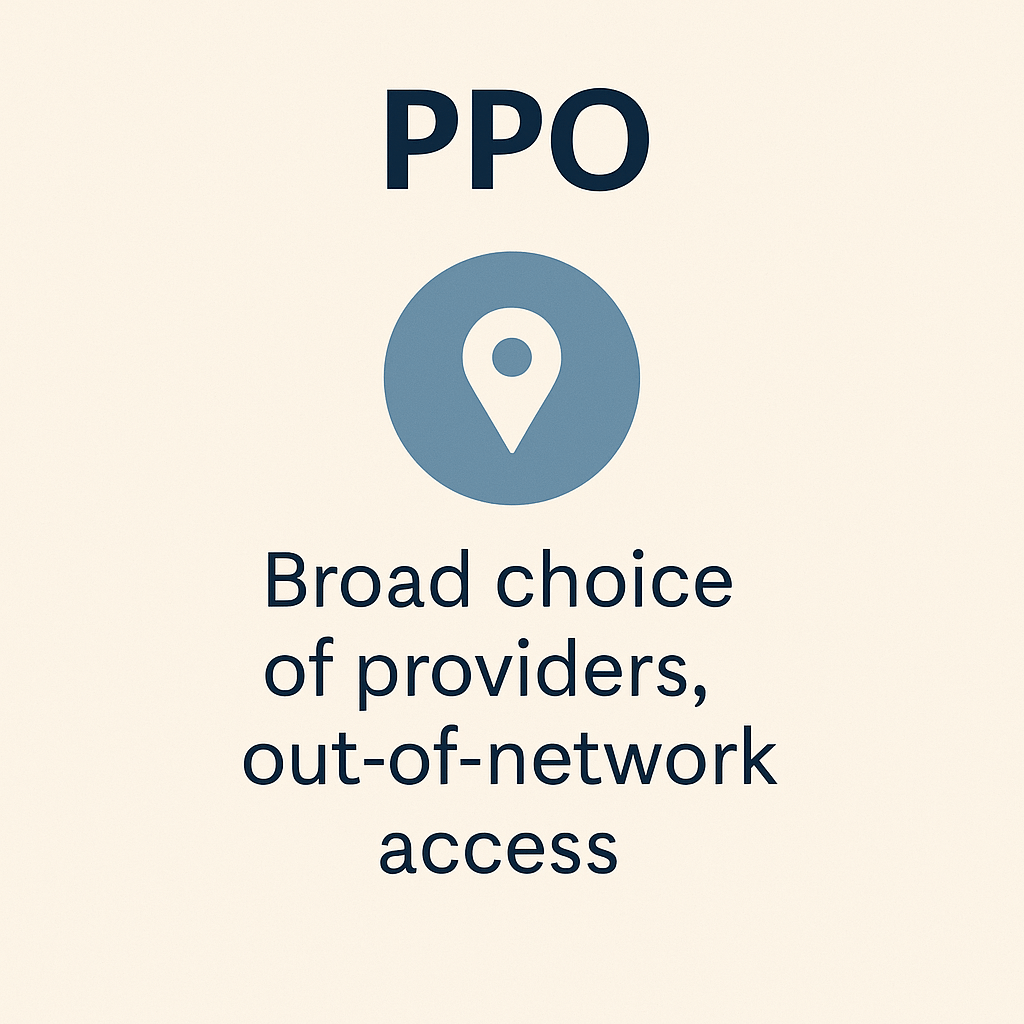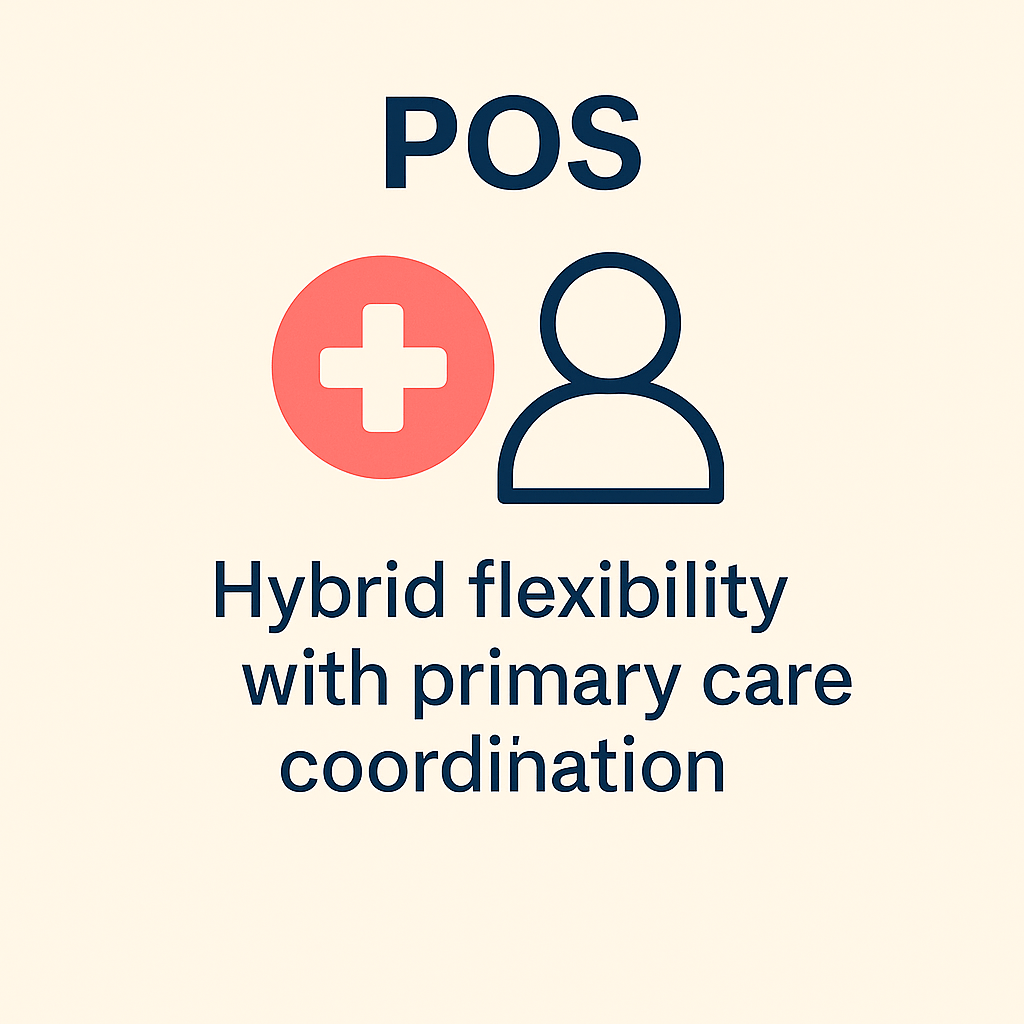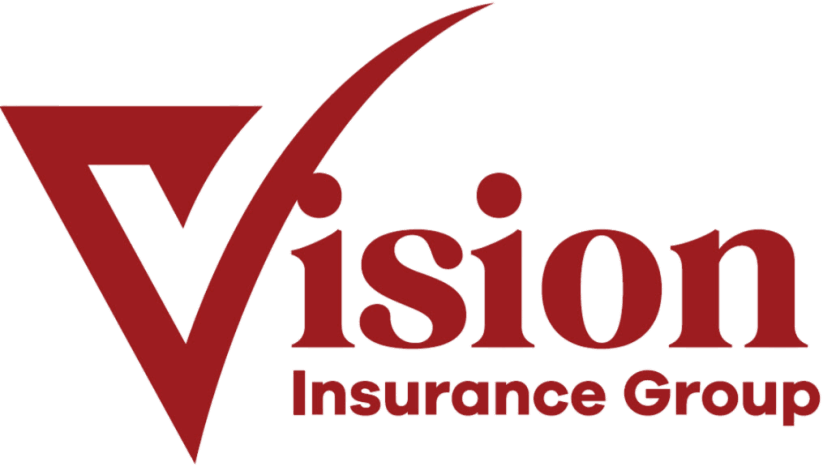Offering group health insurance isn’t just for large corporations—small businesses can also reap significant rewards:
Attract & Retain Talent – Competitive health benefits make your company stand out, helping you hire and keep skilled employees in a tight job market.
Improve Employee Wellbeing – Access to affordable care, preventive services, and wellness programs keeps your team healthier and more productive.
Boost Morale & Loyalty – Employees feel valued when their employer invests in their health, building trust and loyalty.
Tax Advantages – Employer contributions are typically tax-deductible, and employees benefit from pre-tax payroll deductions.
Cost Savings Through Group Rates – Pooling employees together spreads risk, often leading to lower premiums compared to individual policies.
Compliance & Credibility – Offering benefits helps meet ACA requirements (for applicable businesses) and demonstrates a commitment to being a responsible employer.
Group health insurance is an investment in your team’s security and your business’s long-term success.







